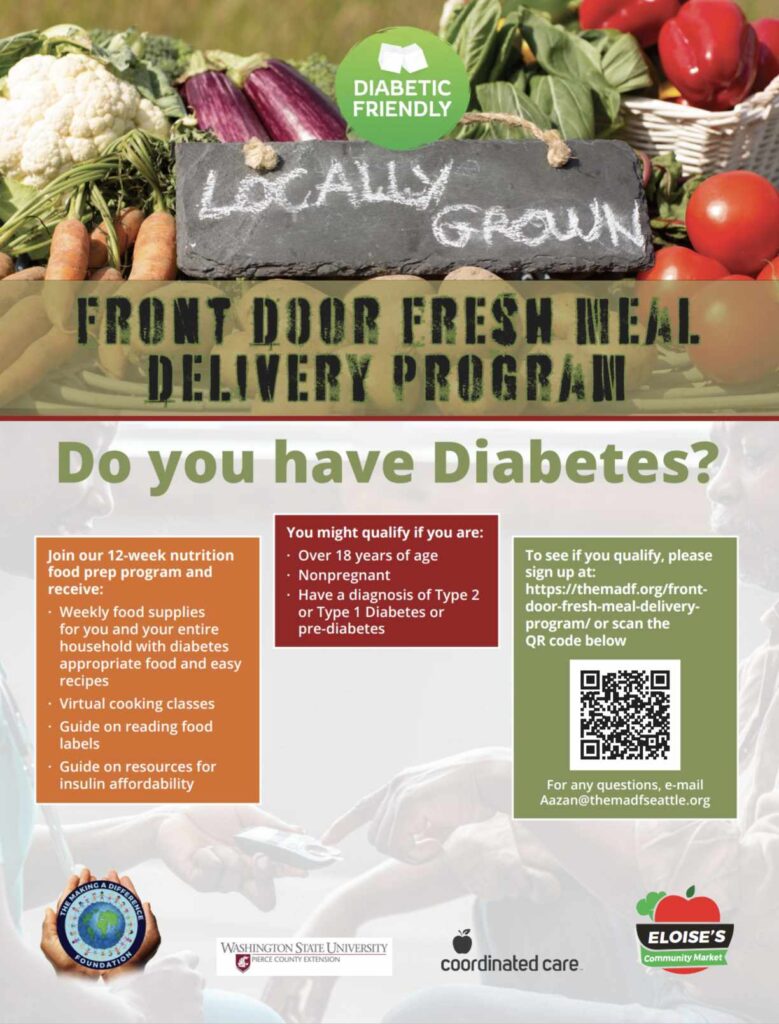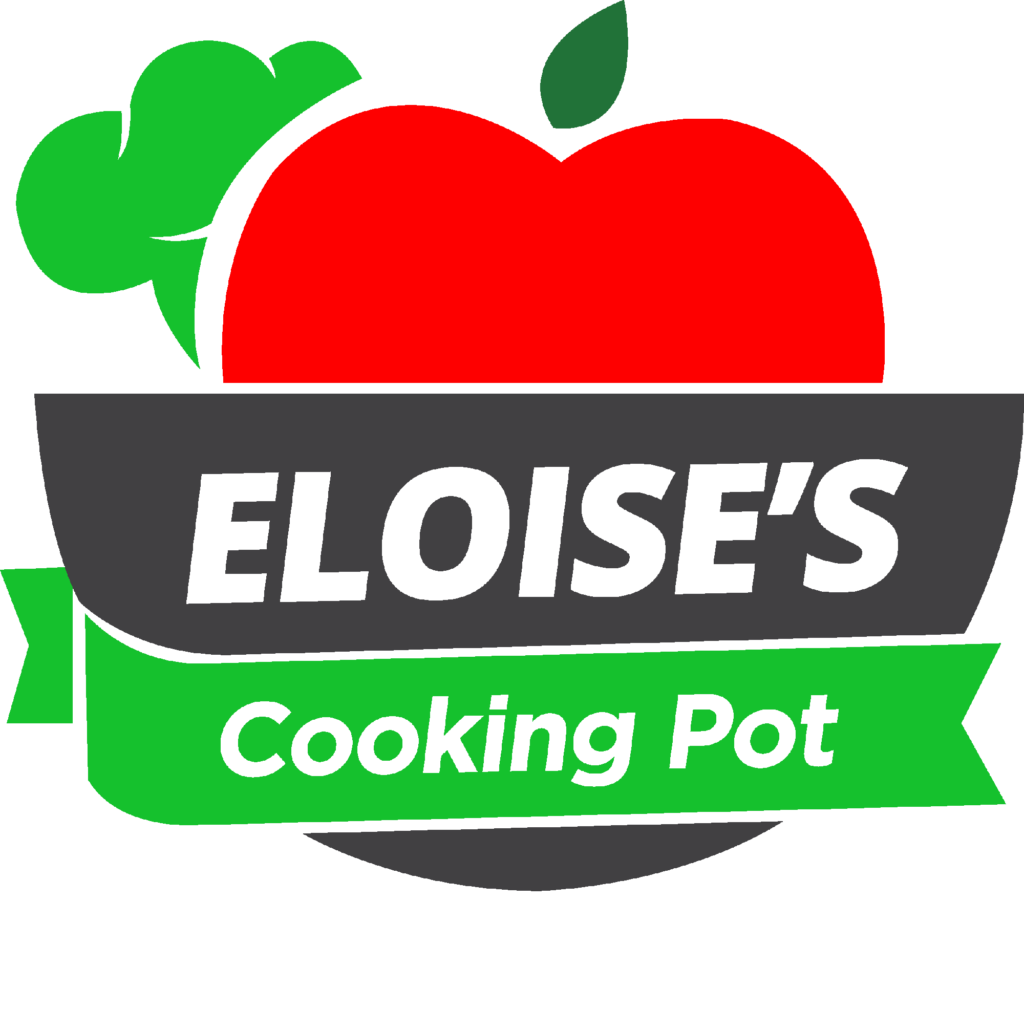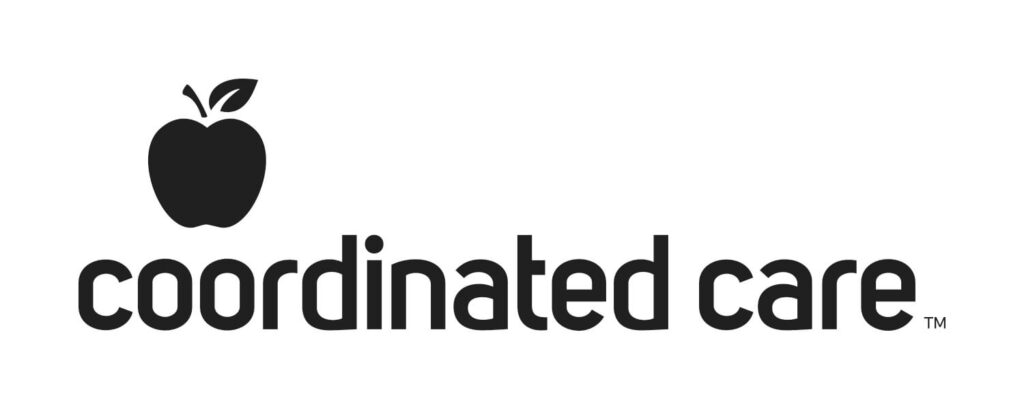Heart disease is the leading cause of death in the U.S. with diabetes not too far behind. These two diseases often go hand in hand, with diabetes, as well as an unhealthy diet, being top contributing factors in heart disease. While maybe isn’t officially classified as one, heart disease is an epidemic with one person dying of cardiovascular disease every 34 seconds. In 2020 alone, about 697,000 people in the U.S. died from heart disease which is one in every five deaths (Centers for Disease Control and Prevention, National Center for Health Statistics). As people with diabetes are also more likely to have other conditions that raise the risk for heart disease, such as high blood pressure and higher cholesterol, both conditions are vital to managing and/or even reducing poor health outcomes.
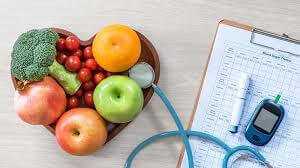

It is known that race and ethnicity are both social and cultural constructs and that health disparities are affected by these structures. They can be linked to the marginalization people of color have historically experienced. Many, if not most, of these experiences have caused a mistrust of the health care profession for people of color which means they are less likely to seek medical care and manage their conditions. While low-income people are less likely to afford, receive, or seek out better medical care, Black and Indigenous people, who are often live more in poverty, are even less likely to get the care they need for better health outcomes and a longer life. This is oftentimes due to them feeling overlooked, ignored, or not trusted when it comes to their medical experiences. So, when people don’t opt for proper medical care to handle their health, it is even more critical that they take care of themselves through quality nutrition and eating healthier, which is often expensive and out of reach for these populations.
With our Front Door Fresh Meal Delivery program, our vision is to bring quality, healthy, fresh foods to the communities of Pierce County so they get the nutrition they need for better health outcomes, especially as it relates to heart disease and diabetes. But beyond just delivering the fresh food to their homes for free, this program is geared to putting together heart-healthy, diabetes-
The Front Door Fresh Meal Delivery program is a 12-week program that will a choice in fresh, heart-healthy meal options while taking the guess work out on what is best to eat and how to prepare it – as well as the cost involved. Diabetic households receive the food for free, along with free delivery, right where they are at.
Our vision continues to be that our local communities see a life without hunger, especially for BIPOC households. No one should struggle to have the most basic necessity of life and worry about how to feed themselves and/or their families. And no one should have to decide between their health and wellbeing and trying to eat. But too many do.
12 Recipes
Resources
We empathize that everyone with diabetes is on different paths in their journeys when it comes to managing their health. In commitment to service, we have compiled a list of resources below to help each and every one.
Virtual cooking lessons
Need some cooking lessons for diabetic-friendly meals? Don’t want to leave the comfort of your home but still want to learn and ask questions? Learn about joining a live cooking class at American Diabetes Association HERE
Reading food labels
Reading food labels can be complicated, but understanding it is necessary to maintain a sustainable diet for wellbeing.
In addition to understanding the food labels, there are definitions that can be confusing, and at times, misleading. Below are key terms you will often see on some food packages.
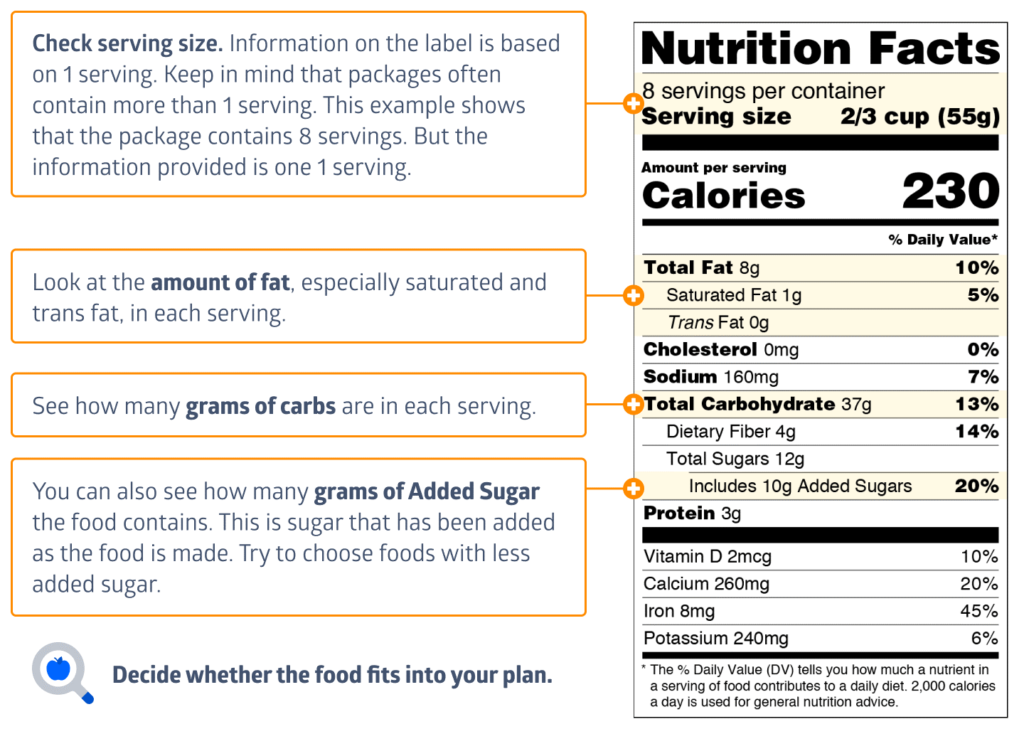
Calories
Calories free: less than 5 calories per serving
Low calorie: 40 calories or less per serving
Total, saturated, and trans fat
Fat free: less than 0.5 grams of fat
Saturated fat free: less than 0.5 grams of saturated fat
Trans fat free: less than 0.5 grams of trans fat
Low fat: 3 grams or less of total fat
Low saturated fat: 1 gram or less of saturated fat
Reduced fat or less fat: at least 25% less fat than the regular version
Sodium
Sodium free or salt free: less than 5 mg of sodium per serving
Very low sodium: 35 mg of sodium or less
Low sodium: 140 mg of sodium or less
Reduced sodium or less sodium: at least 25% less sodium than the regular version
Cholesterol
Cholesterol free: less than 2 mg per serving
Low cholesterol: 20 mg or less
Reduced cholesterol or less cholesterol: at least 25% less cholesterol than the regular version
Sugar
Sugar free: less than 0.5 grams of sugar per serving
Reduced sugar: at least 25% less sugar per serving than the regular version
No sugar added or without added sugars: no sugar or sugar-containing ingredient is added during processing
Fiber
High fiber: 5 grams or more of fiber per serving
Good source of fiber: 2.5 to 4.9 grams of fiber per serving
Insulin affordability
Maintaining your blood sugar at a healthy level and taking precautions so it doesn’t spike shouldn’t come at the expense of your medical bills spiking.
Washington state has mandated insurance companies to cap insulin copay at $35 for a 30-day supply.
Federal health insurance program Medicare provides those who are 65 or older some insulin-covered benefits. More information can be found HERE
Another federal program is Medicaid which is funded jointly with state. That program provides health insurance to low income individuals and families. Each state has their own regulation on the structure of the program, including insulin benefits. More information for Washington state residents can be found HERE.
For those who are uninsured and are unable to receive medical insurance at all, there are certain insulin manufacturers that can provide insulin free of charge through their assistance programs.
Lilly, Novo Nordisk, and Sanofi are three companies that provide assistance. More information on them can be found HERE


